 I often think that living in Spain, a Catholic country, brings me that bit closer to life in Tudor England because their religious calendar - with all of its feast days, fasting, religious processions etc. - is still followed in countries like Spain today and whole villages and towns join in.
I often think that living in Spain, a Catholic country, brings me that bit closer to life in Tudor England because their religious calendar - with all of its feast days, fasting, religious processions etc. - is still followed in countries like Spain today and whole villages and towns join in.
I realise that festivals like Holy Week and Easter are still celebrated or commemorated by Christians all over the world, but in countries like the UK Holy Week is no longer a week-long festival celebrated by everyone. Mostly, it's time to have a holiday and exchange cards and Easter eggs. Here in Spain, there are processions on days like Palm Sunday, Maundy Thursday, Good Friday and Easter Sunday, in every town and village, however small. Everyone gets involved in "Semana Santa". It's a big deal! A huge deal! And so it was in Tudor times, where daily life was tied to the religious calendar.
Here is a brief rundown on how Holy Week was celebrated in England in Tudor times:
Palm Sunday
Palm Sunday is the sixth Sunday of Lent and marks the start of Holy Week. It commemorates the triumphal entry of Jesus Christ into Jerusalem on a donkey the week before the Resurrection. In Tudor times the priest would read out the story and then bless branches of greenery to be used in processions. Apparently, a wooden donkey on wheels was used in some processions! Click here to read more.
Maundy Thursday
Maundy Thursday commemorates the Last Supper, that final meal that Jesus Christ had with his disciples before his arrest. In Tudor times, on Maundy Thursday, the church was prepared for Easter with water and wine being used to wash the altars and it was traditional for people to go to confession. It was also customary for the monarch to wash the feet of poor people and to give alms.
The three holy oils – the chrism oil, the oil of catechumens and the oil of the sick – were also blessed on this day.
Good Friday
On Good Friday in Tudor times, people attended the ceremony known as “Creeping to the Cross”. Christ's suffering and crucifixion, and what it meant, were commemorated by the clergy creeping up to a crucifix held up before the altar on their hands and knees. When they got to the crucifix, they would kiss the feet of Christ. The crucifix was then taken down into the church for the congregation to do the same.
Good Friday was also the day for the preparation of the Easter Sepulchre. The sepulchre consisted of a stone or wooden niche, to represent Christ's sealed tomb, which was filled with the consecrated host and an image of Christ. Once this was “sealed” by covering it with a cloth, candles were lit around it, and members of the church would guard it just as the Roman soldiers had done when the body of Christ was sealed in the cave.
Easter Sunday
On Easter Sunday, the candles in the church and around the sepulchre were extinguished, and then the church lights were re-lit by the priest, from a fire. The sepulchre was opened, and Christ's resurrection was celebrated with a special mass.
The Easter Sunday mass marked the end of Lent, a period where people’s diets were restricted, so it was only natural to celebrate it with good food. Dairy products and meat were back on the menu, and people enjoyed roasted meats like chicken, lamb and veal.
Here are links to find out more about Holy Week in Tudor times:
- Easter - This gives even more details on how Palm Sunday, Maundy Thursday, Good Friday and Easter Sunday were celebrated.
- Holy Week and Easter Quiz
- Good Friday in Tudor Times - a Claire Chats video.
On Good Friday, Tim and I will be going to "Semana Santa Viviente" at Cuevas del Campo here in Spain. There, the village re-enacts the story of Christ' Passion, from his triumphant entry into Jerusalem through to his crucifixion and resurrection. It is incredibly moving and the perfect way to commemorate Good Friday and to celebrate the Easter message. Here are a few photos that Tim took when we went in 2014.
The city of Sevilla (Seville) here in Andalucia is world famous for its Semana Santa processions and here are some videos to give you a taster. Some of the reports are in Spanish but you can just enjoy the beautiful processions.
Palm Sunday:
Wednesday:
Maundy Thursday:
Good Friday:
Saturday:
The Resurrection:
https://youtu.be/-IR2DJqxlw4

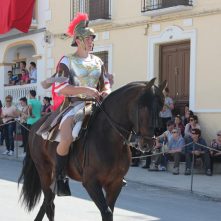
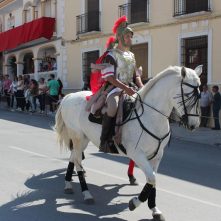
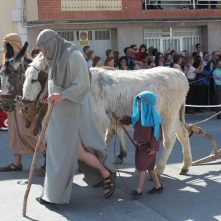
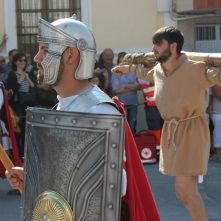
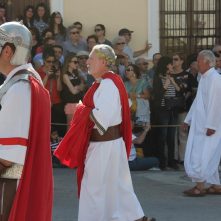
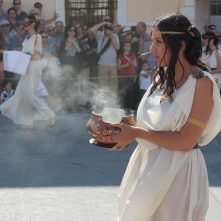
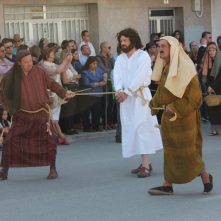

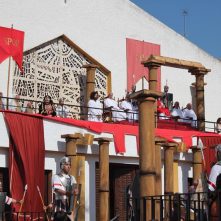
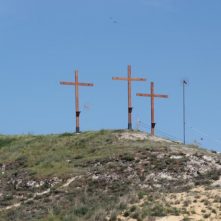
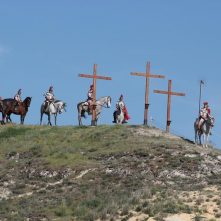
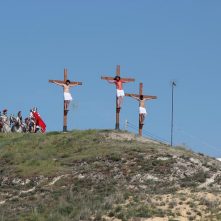
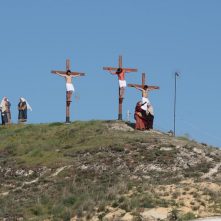
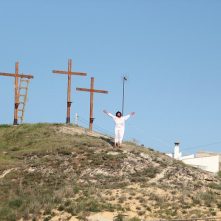
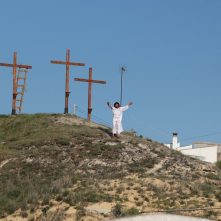
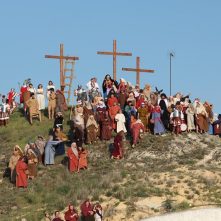
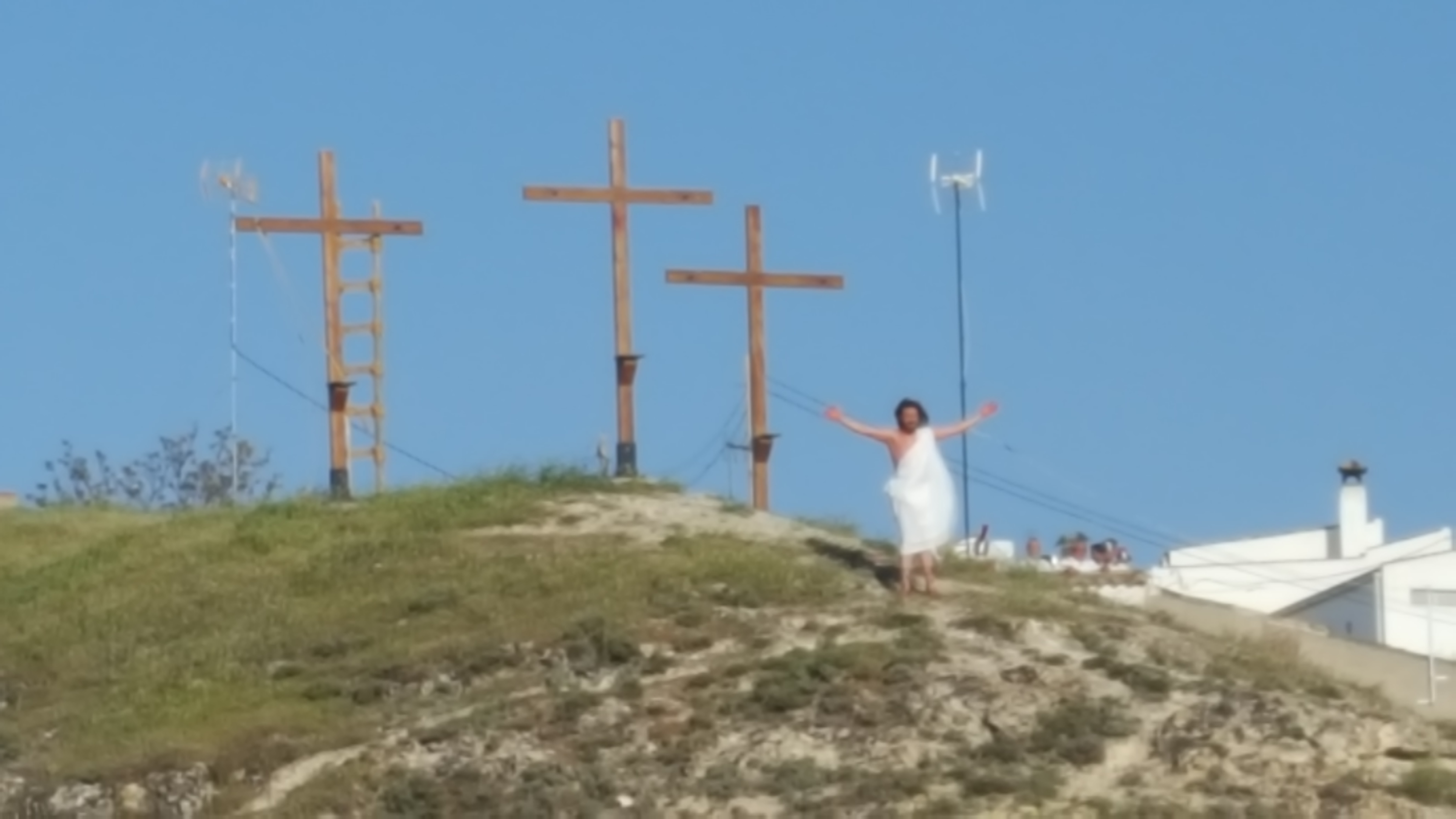
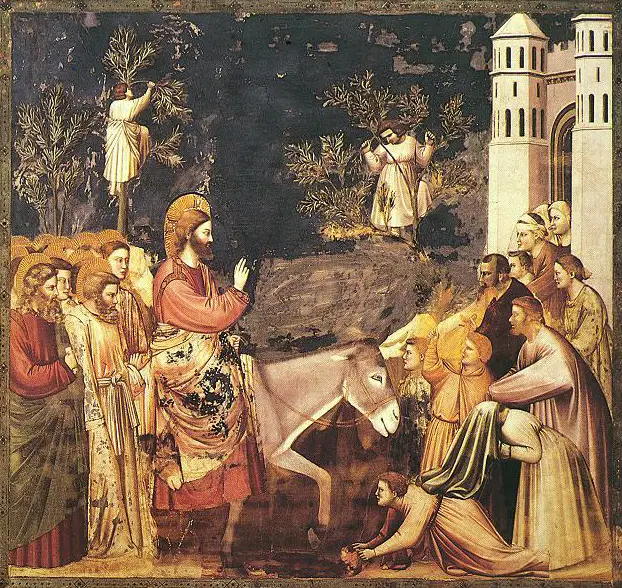
Thank you…fascinating!
Thank you for sharing with us these videos.